Due to the inadequacy in dividing administrative boundaries, thousands of Lam Dong residents are suddenly "living illegally" in their own homeland.
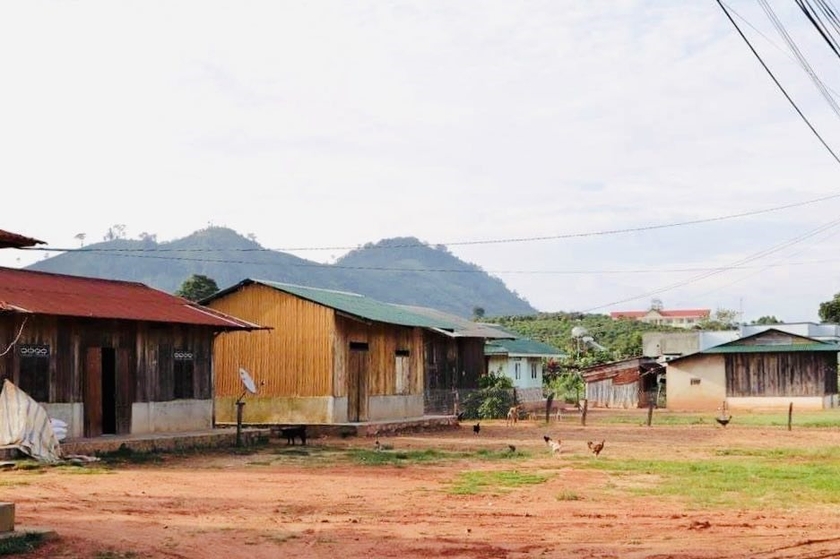 |
Currently, in the administrative area managed by Dak Nong province, there are hundreds of households from Lam Dong province coming to build houses to live, produce, and develop the economy. Photo: Phan Tuan |
They have built houses to live and produce on the spot for generations, but that land is under the administrative management of Dak Nong province. This situation has been making it difficult for the authorities of the two provinces to ensure security and order, develop infrastructure, reduce poverty, and prevent students from dropping out of school.
Thousands of Lam Dong people build houses to live on Dak Nong land
Behind the 2,000 m high Ta Dung mountain peak, a very strange incident is happening, when there are about 827 households, with 3,776 people from Lam Dong province living, but the residence and production records belong to the land and administrative boundaries managed by Dak Nong province.
However, at present, many people here are still very confused, because in reality Lam Dong is their homeland, while Dak Nong is only in name.
Residential area has name but no status
One day in early June 2023, we visited the house of Mr. K'Krong (47 years old), an indigenous person who has long lived on land within the administrative boundaries of Dak Nong province.
However, strangely, when talking to us, Mr. K'Krong did not hesitate to introduce himself as a person from Pang Dung village, Da K'Nang commune, Dam Rong district, Lam Dong province.
Explaining this, according to Mr. K'Krong, about 60 - 70 years ago, his grandparents and parents lived stably in this land.
However, at that time, when fighting against the Furo, the Co Ho ethnic group moved to Di Linh district, dozens of kilometers away, to live. It was not until 1983, when the Furo situation had stabilized, that the villagers began to return to their "hometown".
For decades, people here have been telling each other that this land used to belong to Lam Ha district and now belongs to Dam Rong district of Lam Dong province, but no one has said anything about Dak Lak province, and later it belongs to Dak Nong province (after the province was split).
Similarly, in 1993, Mr. Trieu Phuc Nguyen (born in 1968), a Nung ethnic from Bac Kan province, moved to the new land to live. According to Mr. Nguyen, at that time he went with his wife and one child. To date, Mr. Nguyen's family has a total of 4 children, 3 grandchildren, and 2 grandchildren living in this border area.
Currently, Mr. Nguyen and his children and grandchildren all have registered residence in Pang Dung village, Da K'nang commune, Dam Rong district, Lam Dong province. Meanwhile, according to administrative boundaries, the land where Mr. Nguyen is building a house to live and produce belongs to Dak Nong province.
More than 3,700 Dak Som residents only know their hometown Lam Dong.
According to Mr. K'Krong, although the place where he lives is in Dak Som, Dak Glong district, Dak Nong - under the State management, he has never set foot in the center of Dak Som commune. For decades, Mr. K'Krong and the people here have always thought of themselves as citizens and living on the land of Lam Dong province.
“For 30 years of working here, I have never been to the Dak Som Commune People's Committee and Dak Glong District People's Committee. My family and neighbors go to the market, get medical treatment, children go to school, attend village meetings, etc., all of which are organized and managed by the functional departments of Lam Dong province,” Mr. K'Krong added.
Mr. Truong Huu Dong - Chairman of the People's Committee of Dam Rong district - added: "Currently, the incident of Lam Dong people encroaching on the territory of Dak Som commune, Dak Glong district, Dak Nong province has been recognized by the authorities of the two provinces. The majority of households are Dao ethnic people who migrated from the northern provinces such as Cao Bang, Lang Son, Bac Kan to live and cultivate here since 1995 and some Co Ho ethnic households migrated from Di Linh district to settle down before 1990".
According to statistics from the People's Committee of Dam Rong District, Lam Dong, currently in the communes of Da K'Nang and Phi Lieng, there are 600 households/2,712 people living and farming in Dak Som Commune, Dak Glong District (Dak Nong). Of which, Da K'Nang Commune has 373 households/1,648 people, Phi Lieng Commune has 227 households/1,064 people.
The total land area of households living and cultivating in Dak Som commune is more than 1,502 hectares (Da K'Nang commune 1,235.48 hectares, Phi Lieng commune 267.46 hectares).
According to Mr. Tran Nam Thuan - Chairman of Dak Glong District People's Committee (Dak Nong) - currently, on this land, people have developed agriculture mainly producing coffee. When the coffee is old and the price is low, some households have switched to growing macadamia, avocado, and mulberry to raise silkworms.
Director of Ta Dung National Park, Khuong Thanh Long, said that most of the above-mentioned areas have been cultivated by local people for a long time, before the establishment of the Conservation Area in 2003. Many areas were cultivated by local people before 1994.
Source link



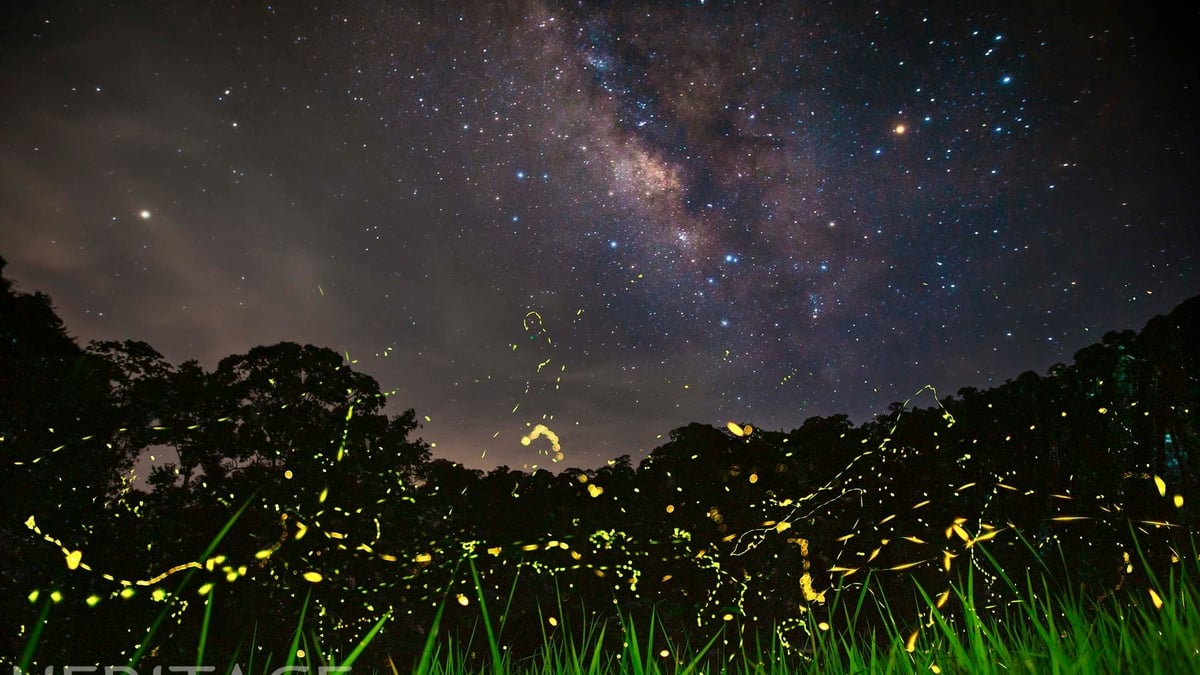
![[Photo] Prime Minister Pham Minh Chinh receives Country Director of the World Bank Regional Office for Vietnam, Laos, Cambodia](https://vphoto.vietnam.vn/thumb/1200x675/vietnam/resource/IMAGE/2025/5/15/2c7898852fa74a67a7d39e601e287d48)
![[Photo] President Luong Cuong attends the National Ceremony to honor Uncle Ho's Good Children](https://vphoto.vietnam.vn/thumb/1200x675/vietnam/resource/IMAGE/2025/5/15/9defa1e6e3e743f59a79f667b0b6b3db)
![[Photo] In May, lotus flowers bloom in President Ho Chi Minh's hometown](https://vphoto.vietnam.vn/thumb/1200x675/vietnam/resource/IMAGE/2025/5/15/aed19c8fa5ef410ea0099d9ecf34d2ad)
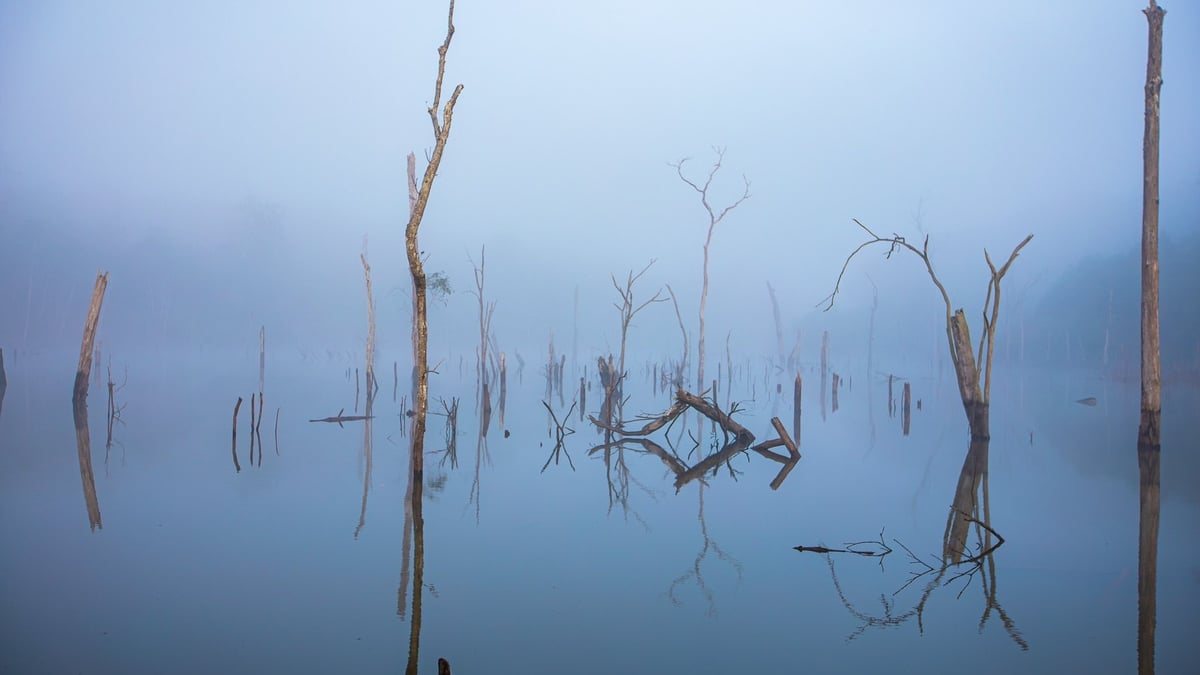
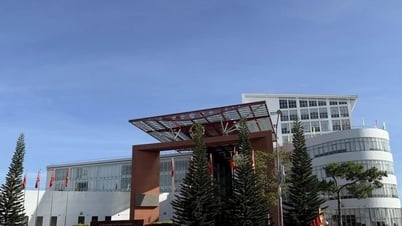

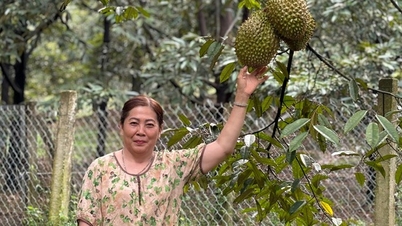

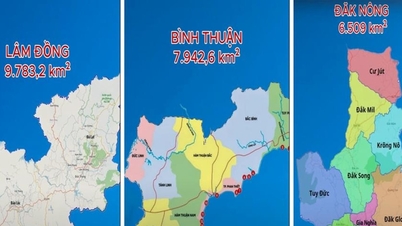

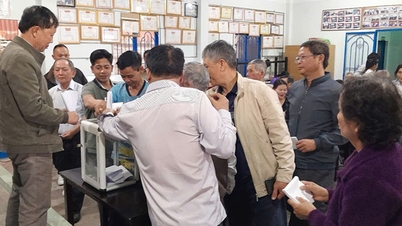


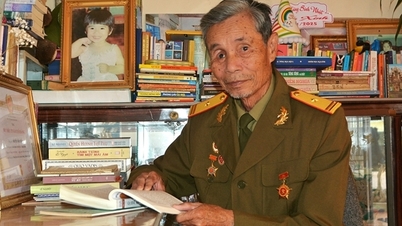


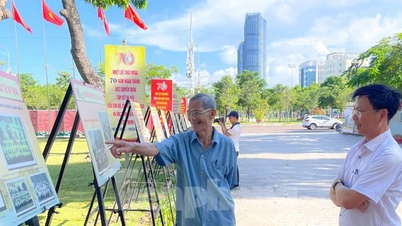
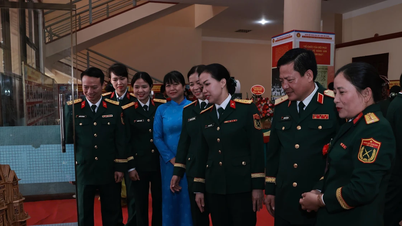
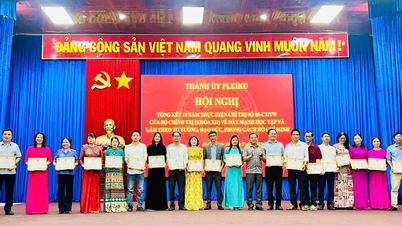
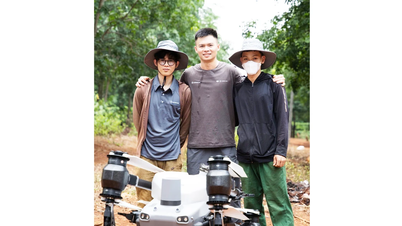
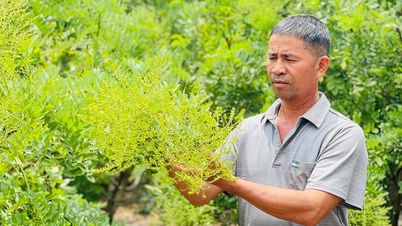







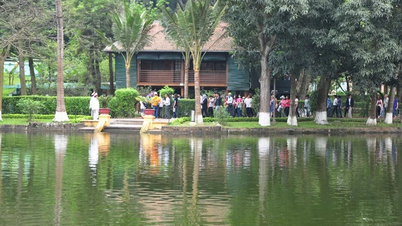
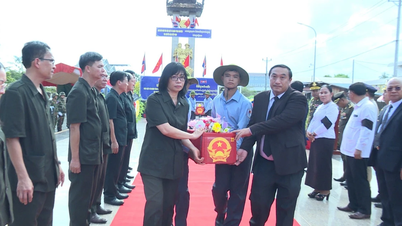
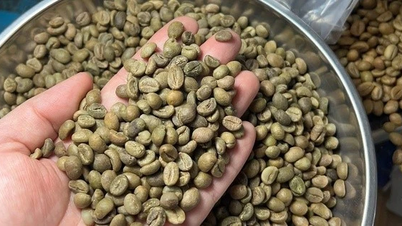
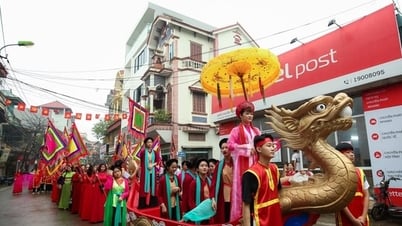



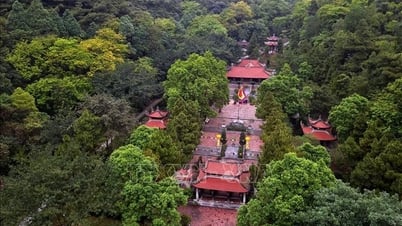



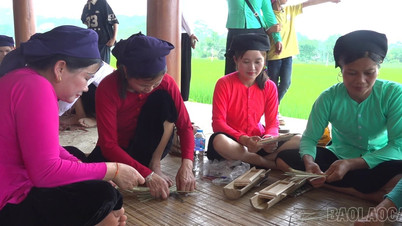

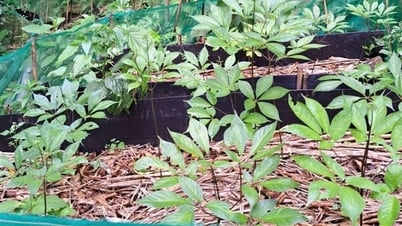



















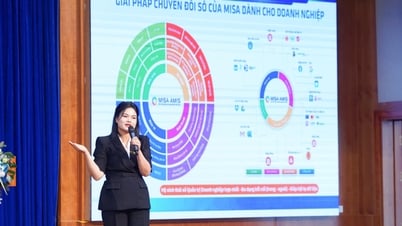

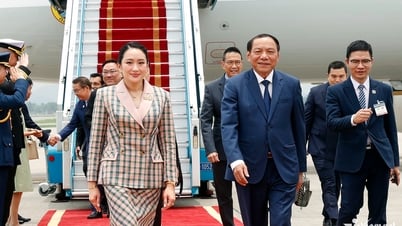





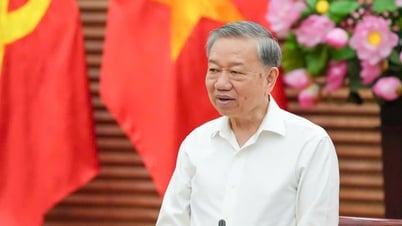

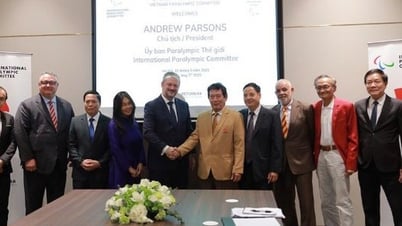
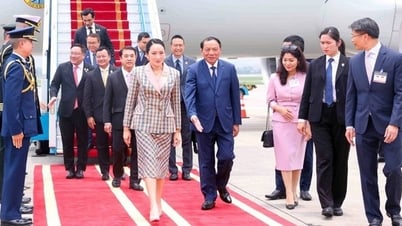








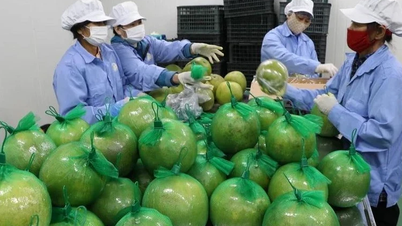



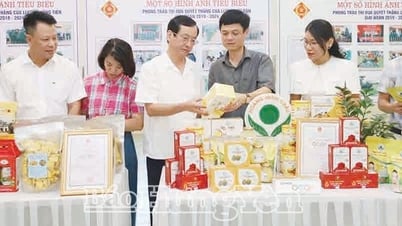

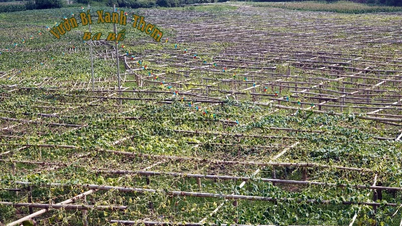





Comment (0)